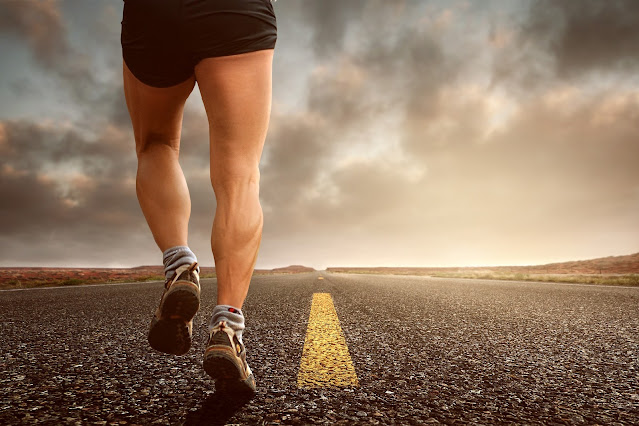Although "walking" does not burn a lot of energy. When compared with other types of exercise But if you walk at least 10,000 steps a day or walk for about 30 minutes and accumulate 150 minutes a week will help with blood pressure. If you walk regularly and enough each week. Your body will definitely get stronger.
How many types of walking are there?
Slow walking is similar to walking, meditation, or shopping.
Brisk walking is a brisk walking for more than 10 minutes / time, 30 minutes / day, at least 5 days / week.
Walking in a race means walking fast until you can't say anything. Talk to each other without knowing Because he can't catch his breath
The advantages of walking are easy and economical.
Just have comfortable sports shoes that fit your feet and you can get started right away. Without having to buy expensive exercise equipment Also do not have to find time Or a specific place to walk Just adjust the walk in your daily life, such as when going out. Choose how to walk instead of driving or take the bus instead
Low impact strength
Suitable for people who want to exercise with safe knees. Reduce shock during exercise Due to being overweight Or the knee is getting bad
Body fat hasn't been burned since the start of exercise. But need to exercise for a while to start burning Walking at a reasonable speed for 10-20 minutes will not get tired and have a beneficial effect on the breakdown of body fat.
Walking helps the brain to release more endorphins. Which such substances have the effect of giving you a good mood Or a clear mind, in addition, walking is also arranged that It is one of the most effective ways to get rid of stress and even treat depression.
What are the correct walking patterns?
- Eyes look straight ahead while walking The head and body are upright. Both shoulders are level.
- Swing your arms left and right alternately front and back parallel to the body. Both hands gripped loosely. Hands that swing high chest in a relaxed manner. Bend the elbow slightly at an angle of about 90 degrees between the upper and lower arms.
- The pace of the foot should be consistent. And is a continuation, not a walk, stop at least, should walk for a period of 20-30 minutes, but if starting at 5 minutes, then gradually increase it.
- When walking, your heels touch the ground first. And transfer your body weight to the soles of your feet More importantly, your feet should be placed straight on the ground. Do not put your feet crossed too much.
- Do not step your feet too long. This can cause fatigue in the thigh and hip muscles more than usual.
- If you have to walk up a hill, walk slowly and lean forward slightly. When walking downhill Try to control the speed of your step briefly. And put your feet light

Comments
Post a Comment